2022- A model building odyssey! or: an orbiter as a New Year's greeting: happy 2023 folks! (just imagine Richard Strauss waltz "An der schönen blauen Donau") Space Clipper Orion III
Space Clipper Orion III, Moebius Models 1:144
Do you know what I liked most about this project? The view of our blue planet, gorgeous, precious beautiful - and impressively captured by the photographers from zero gravity! Although the idea for the presentation of the finished model was already with me during the construction, it was an uplifting experience, so to speak, when I was finally allowed to look at our home with these great pictures. I will come back to this later, but first a few words about the "Space Clipper Orion III", by the way the last of thirty projects that have been realised this year, shown here!
No description of the "Orion III" can be complete without reference to the film in whose plot this orbiter plays a brief but literally history-making role. When Stanley Kubrick's "2001 - A Space Odyssey" was released in 1968, a milestone in cinematic storytelling was set. In one of the most famous film cuts of all time, a bone thrown into the air by a pre-human becomes a spaceship - the Orion III - which performs a gravitational weightless dance in Earth orbit to align itself with the revolutions of a wheel-shaped orbital station, in whose hub it finally docks. This impressive sequence is embedded in the sounds of Johann Strauss' waltz "On the Beautiful Blue Danube", whereby this unusual unity of image and sound is so timelessly beautiful that the film sequence has become an often quoted reference point in film history to this day.
Kubrick's visually stunning work tells its complex and ambiguous story in scenes that have become iconic - who would not have heard of the abysmally intelligent computer HAL 9000 or of mysterious ancient black monoliths? But enough about this fascinating film and back to Space Clipper Orion III, whose enduring fame is rooted in a film sequence that is only a few minutes short.
"2001 - A Space Odyssey" set standards, also in the physically correct depiction of space travel. The design of the Orion III, for example, was developed by Nasa technicians and shows what was possible from the perspective of that time as well as today. The technical background of the Space Clipper is easy to describe: its task is to transport passengers on their first leg of a journey to the moon station. It departs from a space port on the Earth's surface, heading for a space station in high orbit. From there, the passengers would transfer to spacecraft that would take them to the lunar surface or the spaceport of the lunar station. A return journey would then be completed in reverse order.
The sources give the length of the Orion III as the equivalent of about 64.9 metres ("213 ft"). The space clipper is piloted by a two-man cockpit crew, with additional crew members in the luxuriously equipped cabin to ensure comfort and a smooth flight. How it is launched from the Earth's surface or how long the flight to the orbital station would take remains just as unknown as the other technical parameters of this orbiter, which seems astonishingly timeless in its form. This is just as well: nothing has such an inspiring effect on one's own imagination as the door of the unknown opened by a few tidbits of facts, but imaginable through the power of one's own fantasy!
About the kit and the building process
The model kit on which this presentation is based was - in contrast to the film - rather unspectacular. Möbius offers a good basis for the realisation of the Orion III with the moulds in white plastic, whereby a shortcoming can be found in the rather washed-out shape of some parts. Even the exact scale is a bit "washed out": it should be between 1:160 and 1:144. The accuracy of fit is okay and together with the few parts ensures that the construction is quite quick. You should allow a little time for filling and sanding. In addition, it is advisable to make a few refinements: so I have replaced the two rod-shaped extensions of the stern end, which were unset in much too soft plastic, with two metal rods, which sit in corresponding holes on the stern outriggers. I have drilled out individual openings of the reaction thrusters intended for orbital flight, which significantly increases the realism of the model.
The kit comes with a large decal sheet, which is intended to visually structure the fuselage and surfaces in sections that appear to be alarmingly large. To my surprise the decals did the job very well! The overall impression is also influenced by various panels, which I masked off in coordination with the decals and sprayed in different colours. A second set of decals bought on the aftermarket provided me with an innovative cabin and cockpit interior made of paper -see construction photos-, but the decals themselves failed completely: the originally planned depiction of a "Pan Am" aircraft true to the film had to be cancelled without replacement when the said decals had already disintegrated into fine crumbs during the first attempts. From today's perspective, however, I consider this a stroke of luck, as I like the Space Clipper much more in its present form, i.e. with only the "Orion III" lettering on both sides of the cockpit windows.
After the end of the construction process, I can explain a little better how a spaceship that can only be seen for a few minutes and is not even part of a dramatic, fast-paced scene could achieve such pop-cultural fame. Personally, the forms of the Orion III remind me of a sea creature, elegant and graceful-beautiful, but also endowed with a certain vulnerability. The dignified-graceful movements of this rather exactly Airbus A-350-sized giant in the weightlessness of orbit reinforce this impression.
That is exactly how I wanted to present the finished model!
For this purpose, I took the liberty of inserting the motif of the Space Clipper shuttling between the earth's surface and the space station into suitable surroundings with a little image processing. Perhaps, to end with the thought I presented at the beginning, you feel the same as I do when you look at these pictures: doesn't it make your heart swell? Not because of the beauty of the model, but because of the breathtaking beauty of our planet. The images provide an incredible and perspective rearranging view of our home -a visual delight, but also a reminder of the preciousness of our existence and of celebrating life in joy, in peace and in mindfulness.
In this spirit, I wish everyone happy holidays, a happy new year and a fulfilling 2023!
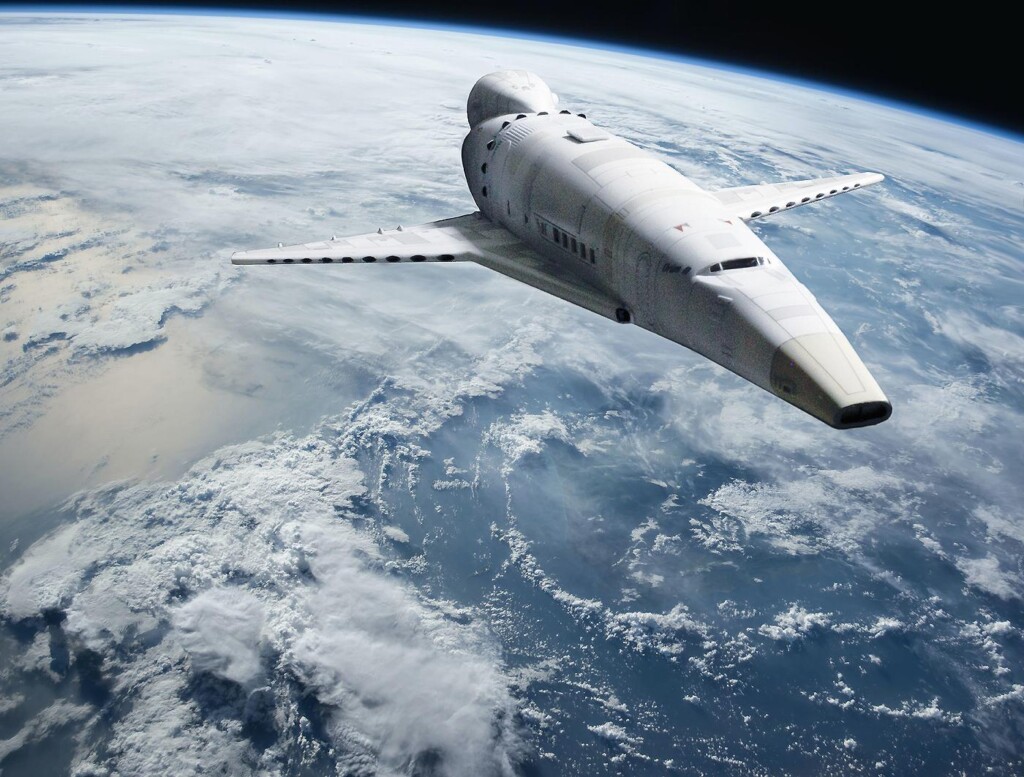
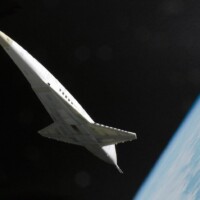
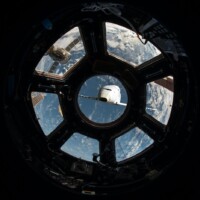
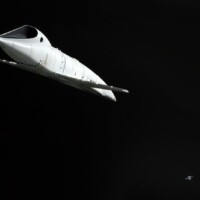
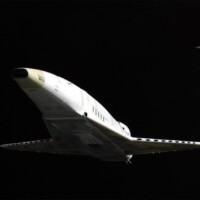
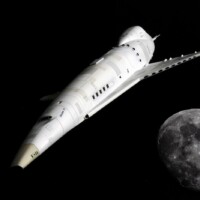
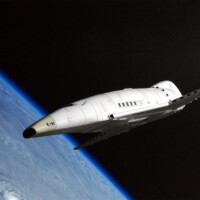
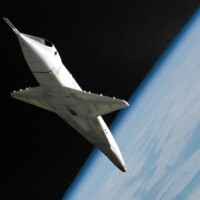

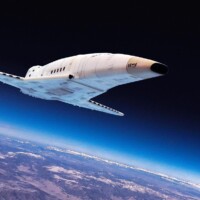

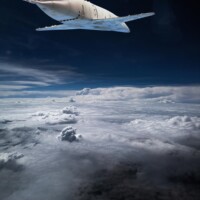
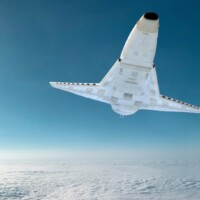
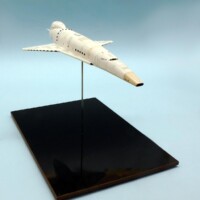
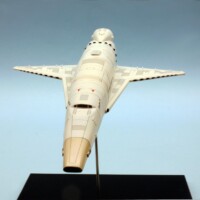
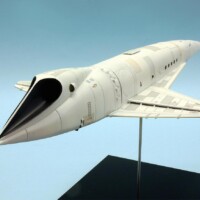
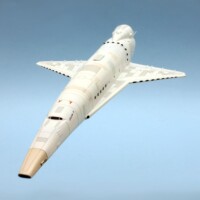
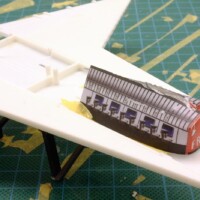
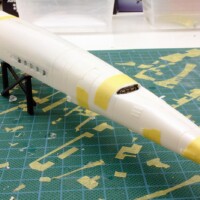
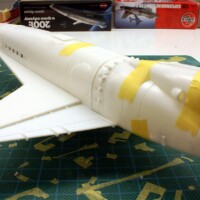
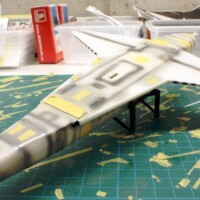
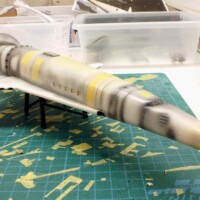
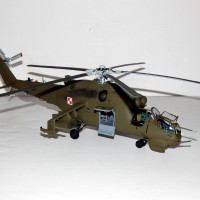
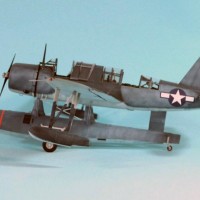
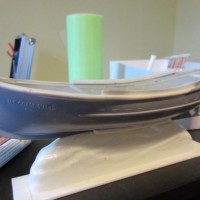
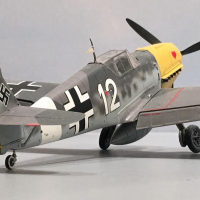
Fantastic Pictures of a great build. You did a great job with the kit and showed it off spectacularly with your photography! Excellent!
I couldn't have imagined a better way to finish a modeling year, Roland! A superb model, superbly photographed. An amazing article, as well! Thank you so much for treating us with your wonderful builds for yet another year! And wishing you a happy 2023!
Looks great, love the photos! That scene alone made appreciate classical music, I was twelve when the movie came out. I did the old Aurora kit some years ago, and recently restored it, only to have the tail section lost in a house renovation.
1 attached image. Click to enlarge.
Thank you for your words and picture!
Great ending to the year Roland, thanks for sharing all your models with us, here’s to 2023.
Perfect! Way to end the year, Roland. Happy more modeling in 2023 to you.
Echoing all the previous comments, Roland @rosachsenhofer
The build itself and the way you have presented it are outstanding.
Happy New Year
Thank you all for these welcome and kind comments and or your interest- a happy and prosperous new year to you all!
Great model and use of photography. Can hear the Strauss Waltz just looking at the pics.
Superb, Roland! The "in action" pics are wonderful, especially that first one over the earth. But I don't want the pics to overshadow your great work on the builds...well done! 🎵🎵 1.2.3 1.2.3 1.2.3...
@rosachsenhofer - Beautiful build from a truly fantastic movie. The concept of an AI becoming self aware and fearing death is still relevant, maybe even close to reality. Your modeling skills are quite obvious and your photography and compositing skills are truly superb!
True story: when Kubrick and Arthur C. Clarke were developing "2001" as a screenplay, they contacted a number of scientists considered to be "on the leading edge" in their fields, to ask them what they thought the technology of their field of knowledge would look like in 2001 (this was in 1965). My father was one who was contacted, for electronics. Ever afterward he would laugh that his "educated guess" was that by 2001, solid state electronics would have been released to the civilian market. An event that happened 18 months after he told them that.
BTW Roland - the "jump forward" was the result of Kubrick "burning up" the last of the film in his 16mm camera he was shooting with to see the scene through a lens, after a day with the apes at the water hole. He and Clarke were walking back to the studio and he was tossing the bone in the air and then shooting it. So when the "dailies" were developed, there was 6 feet of film of the bone being thrown in the air, and he got the idea of how to get from the prologue to the story, which Clarke related they had been arguing about for three months. Also, the bone resolved itself as a Red Chinese communications satellite, and then you see the Orion drift up into frame.
Great model, very real looking, like the rest of your work.